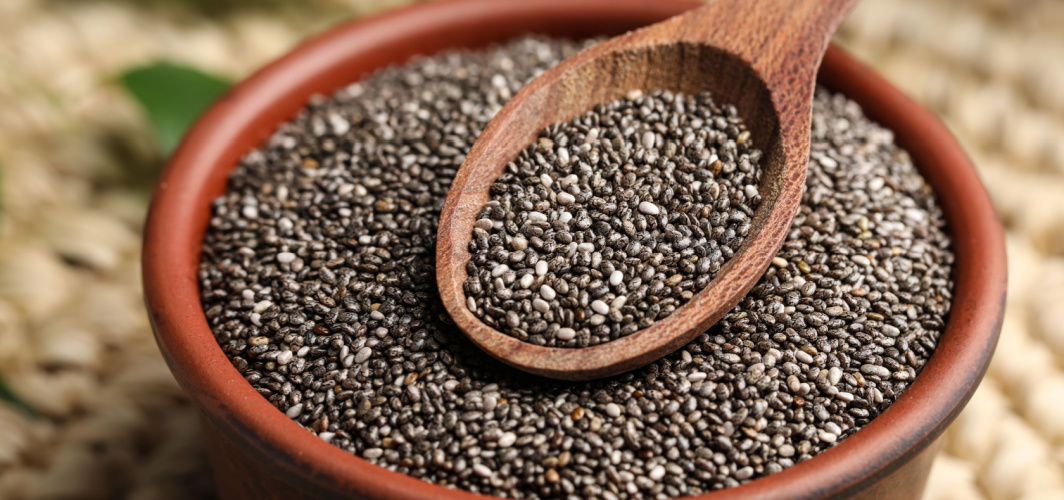General Health
Managing Diabetes Or Checking Glucose Levels? An OGTT Test Can Help
6 min read
By Apollo 24|7, Published on - 06 June 2025
Share this article
0
0 like
.jpg?tr=q-80)
Glucose is a sugar that acts as the body's primary energy source. After eating, our food is broken down into glucose, which enters the bloodstream. A hormone called insulin, released by the pancreas, helps move this glucose into cells, which can be used for energy or stored for later use.
However, if the body doesn't produce enough insulin or the cells stop responding to it properly (insulin resistance), glucose builds up in the bloodstream. This can lead to high blood sugar levels, often seen in conditions like prediabetes or diabetes. If left untreated, elevated blood glucose can gradually damage organs and tissues.
What is a Glucose Tolerance Test?
The glucose tolerance test helps doctors understand how your body deals with sugar, which your cells need for energy. It's mainly used to find out if someone has diabetes, but it can also check for other issues with blood sugar.
There are two common methods:
- You drink a glucose solution in the oral test (OGTT).
- In the intravenous test (IVGTT), glucose is given directly into a vein.
After that, blood samples are taken at certain times to see how quickly your body clears the sugar. This shows how well your pancreas makes insulin and how your body responds.
When Is a Glucose Tolerance Test Recommended?
- Your healthcare provider may suggest a glucose tolerance test to help identify conditions such as:
- Diabetes, including prediabetes, Type 2 diabetes, and gestational diabetes
- Insulin resistance
- Reactive hypoglycaemia (low blood sugar)
- Acromegaly
Uncommon disorders affecting carbohydrate processing
The glucose tolerance test is often combined with other examinations for a more accurate diagnosis.
For pregnant women, an initial one-hour glucose challenge test is commonly used to screen for gestational diabetes. If this test shows irregular results, a longer, three-hour oral glucose tolerance test (OGTT) is usually performed to confirm or exclude the diagnosis.
What Does the Test Measure?
The test checks your blood sugar levels after you've fasted and again after drinking a sugary drink at certain timed points. Blood sugar is usually milligrams per decilitre (mg/dL).
How Is the Test Done?
- The most common type is the oral glucose tolerance test (OGTT). You'll fast for at least 8 hours beforehand. First, they take a blood sample, and then you drink a sugary drink with about 75 grams of glucose. After that, they take blood samples every 30 to 60 minutes for up to three hours to see how your body deals with the sugar.
- There's also an intravenous glucose tolerance test (IGTT), where glucose is given through a vein. This test isn't usually used to diagnose diabetes and is mainly for research. They check your insulin levels before and shortly after the glucose is injected.
Preparing for the Test
- Eat as usual for a few days before the test, ensuring you get enough carbs, about 150 grams daily.
- Keep up your regular activity, but avoid overdoing exercise in the days before.
- Fast for at least eight hours before the test, drinking only water.
- Don't eat or smoke while the test is happening.
- Tell your doctor about any meds or supplements you take, since some can affect the results. You should stop some time before the test.
What Happens During the Test?
The two-hour oral glucose tolerance test usually starts in the morning, between 7 and 9 am. You'll stay at the clinic the whole time, so it's a good idea to bring something to keep you busy, like a book.
First, they'll take a blood sample from your arm to check your fasting blood sugar. Then, you'll drink a sweet glucose drink, about 75 grams of glucose mixed in 250 to 300 ml of water, which you should finish within five minutes. The amount might be different for children and pregnant women. The drink tastes very sweet, like sugary sports drinks or flat soda, which some people don't enjoy.
After two hours, or sometimes at other times, depending on your test, they'll take more blood samples to see how your blood sugar changes.
Potential Risks Associated with Blood Sample Collection
A blood test is usually a quick and routine process with very little risk. However, since veins differ in size and depth from person to person—and even between the left and right arms—it can sometimes take a bit more effort to find a suitable vein.
In rare cases, people may experience:
- More bleeding than usual at the puncture site
- Multiple attempts were needed to locate a vein
- Lightheadedness or fainting
- Bruising or a small lump under the skin (known as a haematoma)
- A slight chance of infection, as with any break in the skin
- These side effects are uncommon and usually mild, but it’s good to be aware of them before having your blood drawn.
Understanding Your Glucose Tolerance Test Results
The glucose tolerance test measures your blood sugar at different times after you consume a glucose drink. The blood sugar is usually measured in millimoles per litre (mmol/L), but units can vary depending on the lab. It's important to check the reference ranges on your report, as these can differ.
Generally, the two-hour oral glucose tolerance test (OGTT) results are interpreted as follows:
- Normal: under 7.8 mmol/L (140 mg/dL)
- Prediabetes (impaired glucose tolerance): between 7.8 and 11.0 mmol/L (140 to 199 mg/dL)
- Diabetes: 11.1 mmol/L (200 mg/dL) or above
For conditions like gestational diabetes or acromegaly, the testing methods and thresholds may differ. Your doctor will explain what your results mean for your particular situation.
Typical Ranges for a 75g OGTT in Adults (Not Pregnant)
- Fasting level: 3.3 to 5.5 mmol/L (60 to 99 mg/dL)
- One hour after glucose: less than 11.1 mmol/L (200 mg/dL)
- Two hours after glucose:
- Below 7.8 mmol/L (140 mg/dL) is normal
- Between 7.8 and 11.0 mmol/L (140 to 199 mg/dL) indicates impaired glucose handling
- 11.1 mmol/L (200 mg/dL) or more is diagnostic of diabetes
What If My Results Are Abnormal?
- Higher-than-normal blood sugar readings could mean
- :Prediabetes: blood sugar between 7.8 and 11.0 mmol/L two hours after the glucose drink, indicating increased risk of diabetes.
- Diabetes: levels of 11.1 mmol/L or more, confirming diagnosis.
Remember that illnesses, stress, surgery, and certain medications can temporarily alter your blood sugar levels. Exercise generally lowers blood sugar. Always inform your doctor about any medication before your test.
Conclusion
The glucose tolerance test (GTT) is a way to check how your body handles sugar and can help identify diabetes or other metabolic issues. It's often done with other tests to fully understand your blood sugar control and guide treatment. An unusual result can be worrying, but it doesn't always mean you have diabetes. If your blood sugar exceeds normal, your doctor may ask for more tests to determine what's happening. Don't hesitate to ask questions—your healthcare team is there to help. The test is simple and usually painless: you drink a sweet drink, and your blood is taken at set times to see how your body processes the sugar.
General Health
Frequently Asked Questions
Can I eat or drink before the Glucose Tolerance Test?
Can I eat or drink before the Glucose Tolerance Test?
What do the results mean?
What do the results mean?
Is it safe to have this test during pregnancy?
Is it safe to have this test during pregnancy?
Can I do the test at home?
Can I do the test at home?
Leave Comment
Recommended for you
.jpg?tr=q-80)
General Health
Persistent Body Itching? What Tests Can Detect the Cause
Persistent itching without rash? It may signal hidden issues like liver, kidney, or thyroid problems. Learn which blood tests—including allergy and LFT panels—can help detect the root cause.

General Health
All You Need To Know About Chia Seeds
Learn more about the health benefits of Chia Seeds along with their ancient uses, nutritional value, daily consumption recommendations, and considerations for safe integration into your diet.

General Health
Brain Aneurysm: How Is It Different from a Stroke?
The cause of a stroke is either a blockage in an artery or an artery rupture, whereas the cause of an aneurysm is not known.
Subscribe
Sign up for our free Health Library Daily Newsletter
Get doctor-approved health tips, news, and more.
Visual Stories

Science-backed Home Remedies for Burns and Blisters
Tap to continue exploring
Recommended for you
.jpg?tr=q-80)
General Health
Persistent Body Itching? What Tests Can Detect the Cause
Persistent itching without rash? It may signal hidden issues like liver, kidney, or thyroid problems. Learn which blood tests—including allergy and LFT panels—can help detect the root cause.

General Health
All You Need To Know About Chia Seeds
Learn more about the health benefits of Chia Seeds along with their ancient uses, nutritional value, daily consumption recommendations, and considerations for safe integration into your diet.

General Health
Brain Aneurysm: How Is It Different from a Stroke?
The cause of a stroke is either a blockage in an artery or an artery rupture, whereas the cause of an aneurysm is not known.